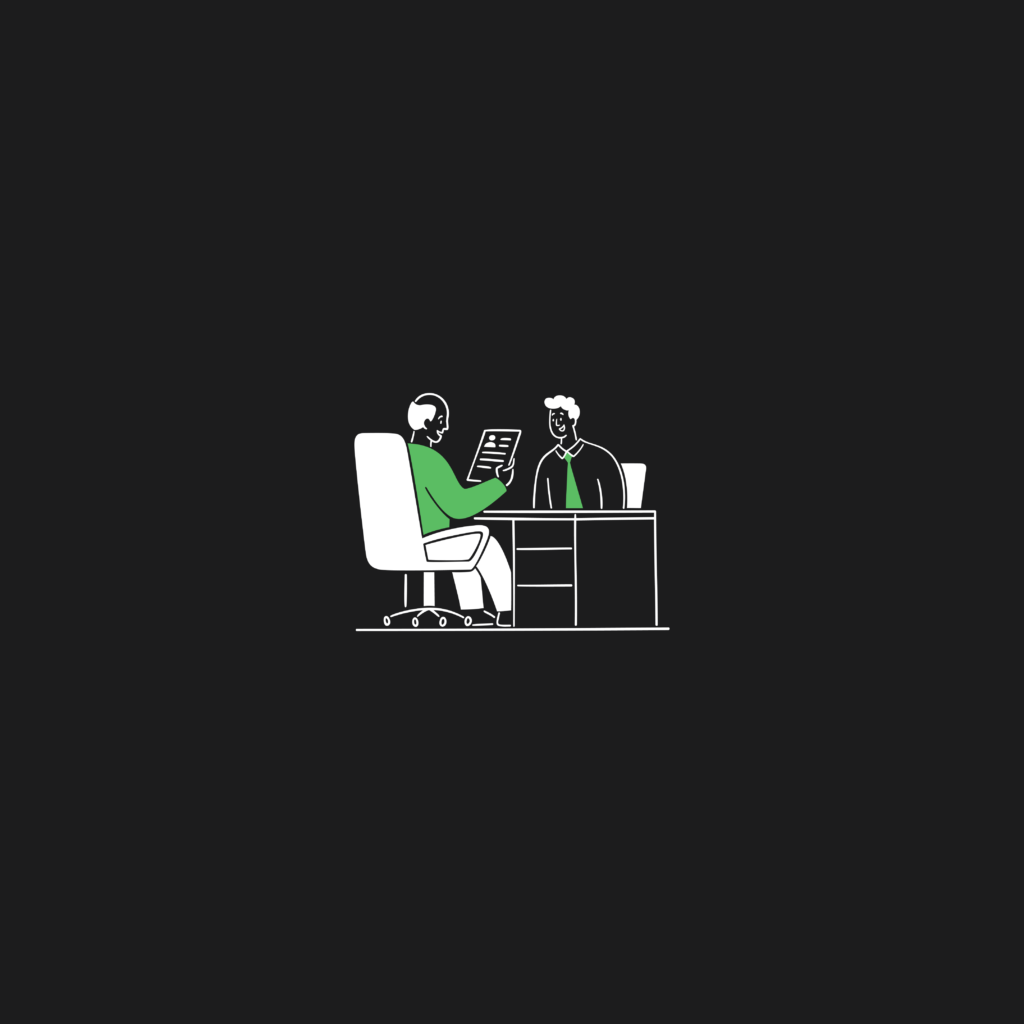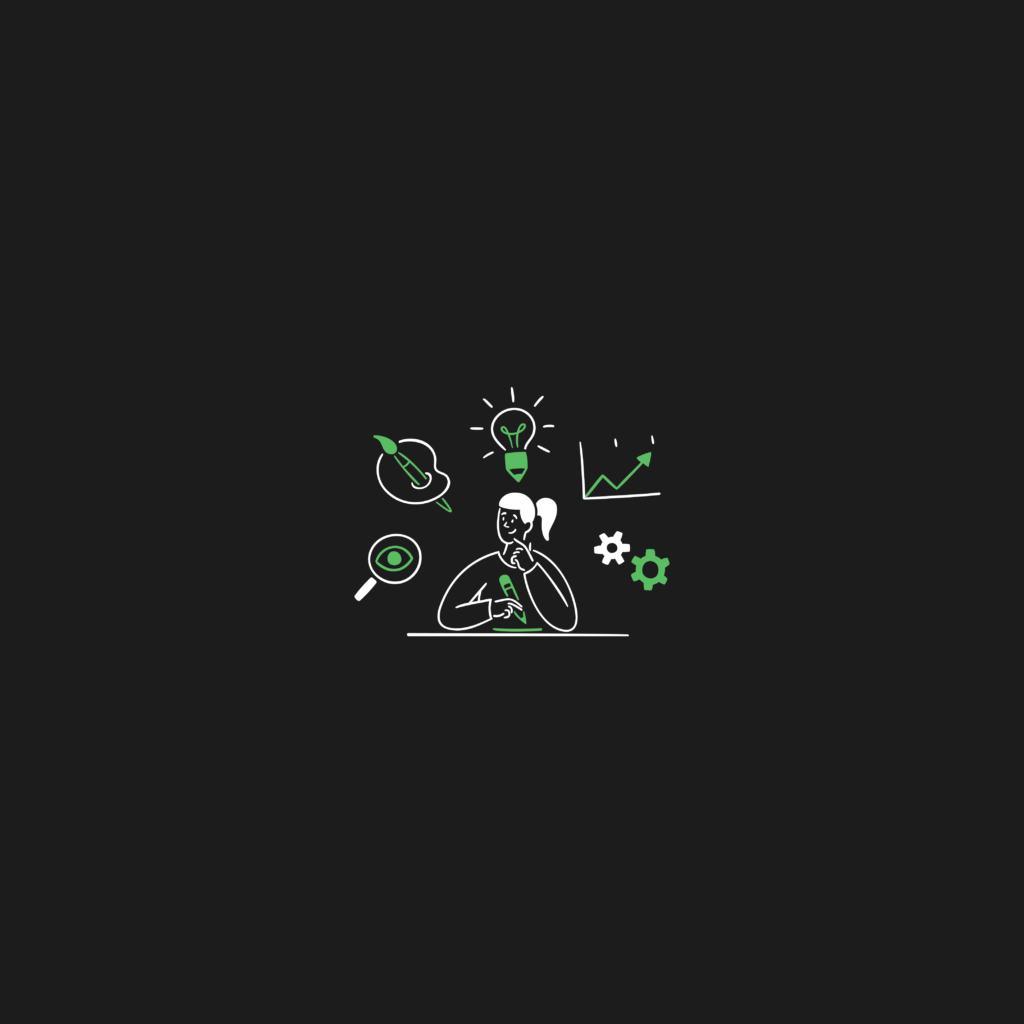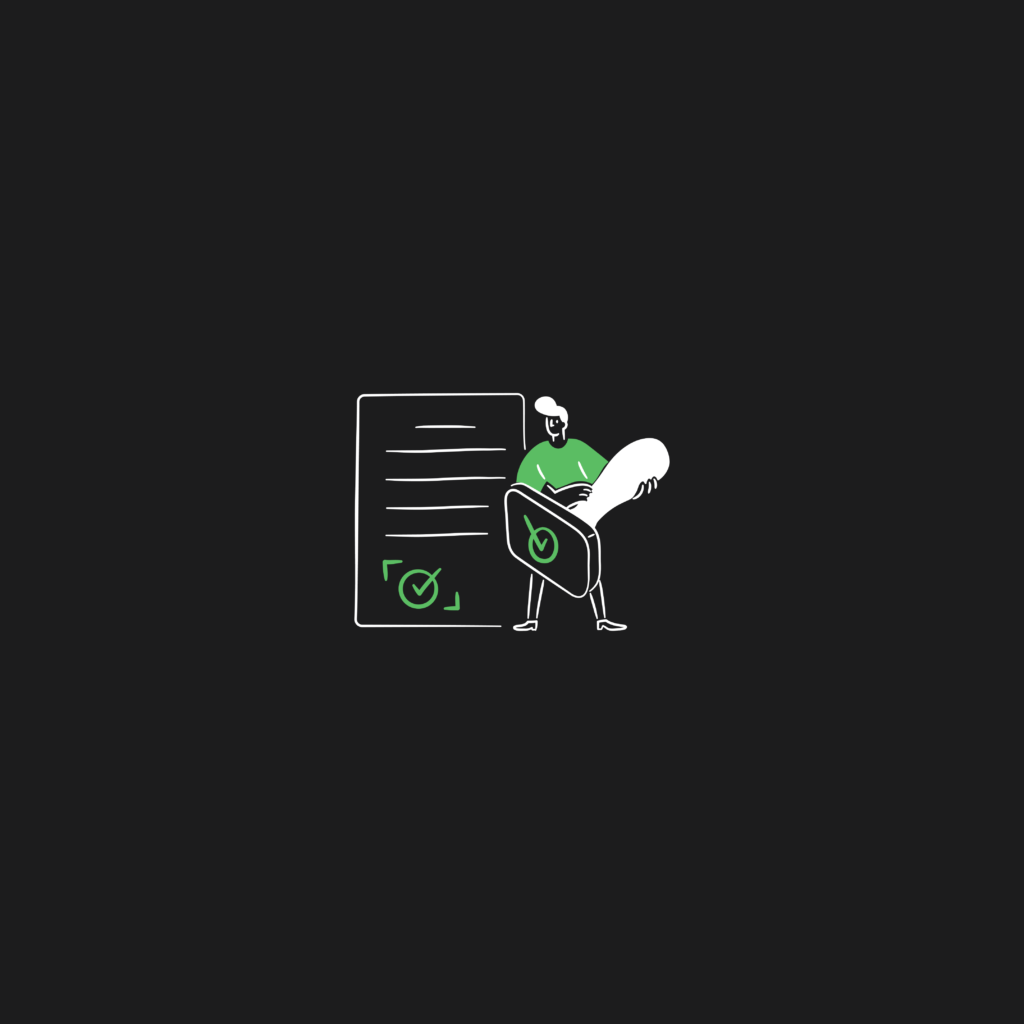Mastering the Art of Smashing a Design Interview

Embarking on a career in design is an exciting journey, filled with opportunities to express creativity and shape digital experiences. However, the path to landing your dream design job often begins with a crucial hurdle: the design interview. To succeed in this competitive field, you’ll need a blend of skills, strategic preparation, and the ability to showcase your expertise effectively. Here, we’ve compiled a comprehensive guide to help you ace your design interview and make a lasting impression.
1. Build a Strong Portfolio: Your Design Showcase
Your portfolio is your calling card, your ticket to the interview, and your ultimate design masterpiece. Make it shine:
- Showcase Your Best Work: Your portfolio should feature your most outstanding design projects, highlighting a diverse range of skills, styles, and creativity.
- Craft Compelling Case Studies: Complement your work with in-depth case studies that narrate your design journey. Explain the challenges you faced, the solutions you devised, and the tangible impact of your designs.
2. Research the Company: Design with Purpose
Before stepping into the interview room (or virtual call), dive deep into the company’s identity:
- Understand Their Brand: Familiarize yourself with the company’s brand, values, and design style. Tailor your portfolio and responses to align with their culture and specific design needs.
3. Prepare for Common Questions: The Interview Script
Expect a series of questions designed to probe your skills and character. Prepare to shine in the spotlight:
- Tell Me About Yourself: Craft a concise and compelling introduction that emphasizes your relevant skills, experiences, and passion for design.
- Behavioral Questions: Be ready to tackle questions about teamwork, problem-solving, and conflict resolution. Structure your responses using the STAR method (Situation, Task, Action, Result) to showcase your prowess.
4. Technical Skills: The Design Toolbox
Your design arsenal should be well-stocked and versatile:
- Design Software: Mastery of design tools like Adobe Creative Suite (Illustrator, Photoshop, InDesign) is often a must. Familiarize yourself with other relevant software tools as needed.
- Prototyping Tools: Get comfortable with prototyping software like Sketch, Figma, or Adobe XD to bring your designs to life.
- Coding Skills: Depending on the job, a basic understanding of HTML, CSS, and even JavaScript can prove invaluable in collaboration with developers.
5. UX/UI Principles: The Essence of Design
Strong fundamentals are your foundation:
- Design Fundamentals: Understand the core design principles, including layout, typography, color theory, and visual hierarchy.
- User-Centered Design: Dive deep into the world of user experience (UX) principles. Equip yourself with the knowledge of user research, wireframing, and usability testing.
6. Prepare for Design Challenges: The Creative Gym
Expect to put your skills to the test:
- Whiteboard Exercises: Practice solving design problems on a whiteboard or digitally. Articulate your thought process clearly as you navigate through the challenge.
- Take-Home Exercises: If presented with a take-home design task, follow instructions meticulously, meet deadlines, and document your process. Explain your design decisions thoroughly.
7. Soft Skills: Communication and Collaboration
Design isn’t just about visuals; it’s about teamwork and effective communication:
- Communication: Be articulate and concise in your responses. Clearly convey your design rationale and remain open to feedback.
- Collaboration: Highlight your ability to collaborate seamlessly with cross-functional teams, including developers and product managers.
8. Portfolio Walkthrough: Your Design Narrative
Guide your interviewers through your creative journey:
- Walk Them Through Your Work: During the interview, lead the discussion through your portfolio. Share the context, your role, the pivotal design decisions, and the measurable impact of your work.
- Answer Questions Gracefully: Be prepared to answer questions about specific projects, the design challenges you encountered, and the innovative solutions you implemented.
9. Stay Current: The Design Evolution
The design world is ever-changing; stay ahead of the curve:
- Industry Trends: Keep a vigilant eye on the latest design trends, emerging technologies, and tools relevant to your niche.
10. Ask Questions: Curiosity and Engagement
Show your genuine interest:
- Prepare Thoughtful Questions: At the interview’s conclusion, pose insightful questions about the company’s design processes, team dynamics, and the role you’re vying for.
11. Mock Interviews: Rehearsing for Success
Practice makes perfect:
- Simulate the Interview: Conduct mock interviews with friends, mentors, or in front of a mirror. This not only boosts your confidence but also refines your responses.
12. Follow-Up: A Grateful Conclusion
Finish on a positive note:
- Thank You Email: After the interview, send a gracious thank-you email. Reiterate your enthusiasm for the position and appreciation for the opportunity.
Remember, every interview is a learning opportunity. Even if you don’t secure the job, request feedback to enhance your skills for future endeavors. Be confident, stay positive, and let your passion for design shine through. Your dream design job awaits; seize the opportunity and design your future success. Good luck!




